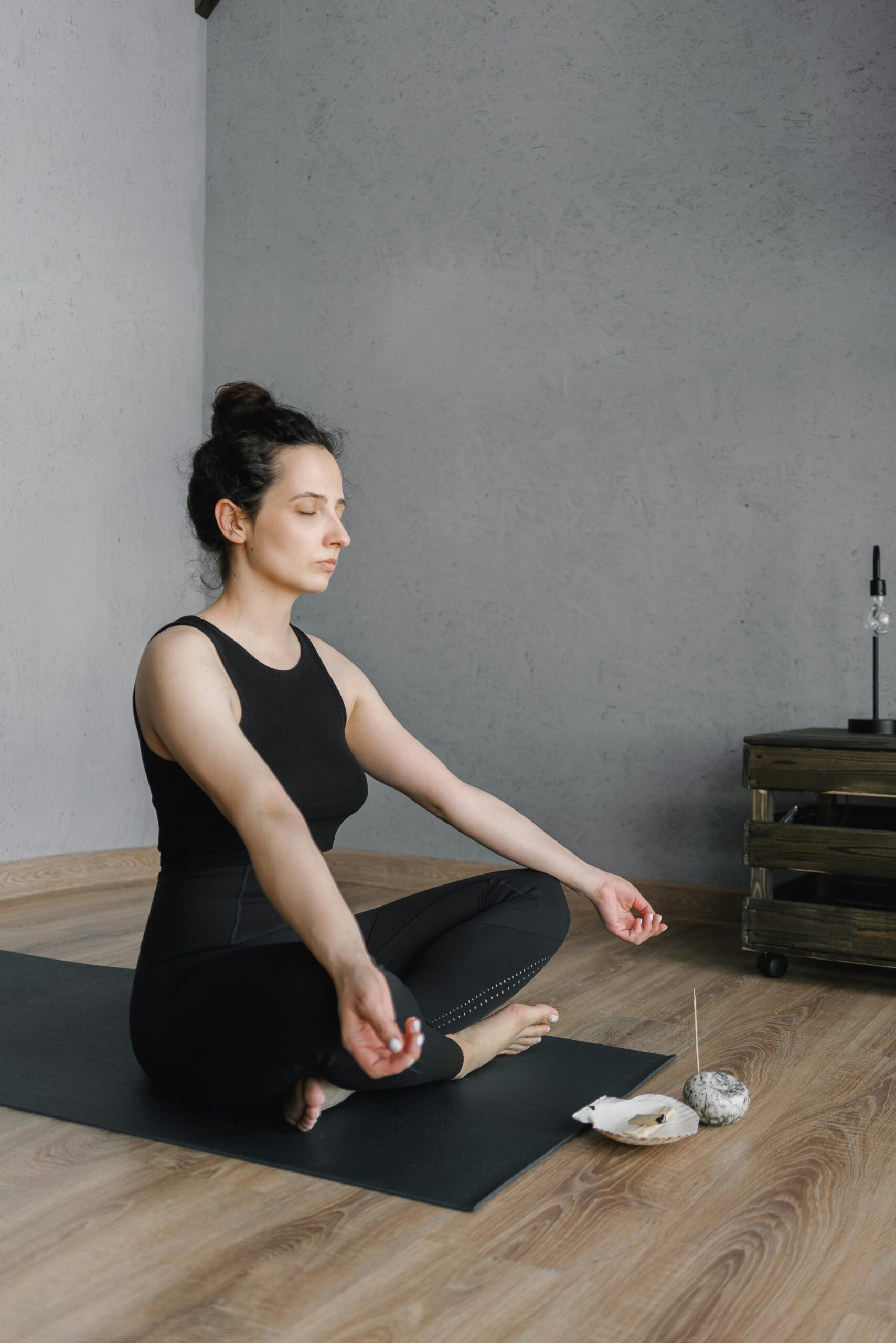Meditation and Breathing Exercises for Stress Relief
In today’s busy and often overwhelming world, stress has become a constant part of everyday life. From work deadlines to personal responsibilities, the demands placed on the body and mind can lead to fatigue, anxiety, and even long-term health problems. Fortunately, practices like meditation and breathing exercises offer simple yet powerful tools to combat stress, improve focus, and restore inner balance.
This article explores how meditation and breathing techniques reduce stress, highlights their health benefits, and provides practical methods to integrate them into daily life.
Understanding Stress and Its Impact
Stress is the body’s natural response to challenges, activating the “fight or flight” mode. While short-term stress can boost alertness, chronic stress leads to harmful effects such as:
-
Increased anxiety and irritability
-
Poor sleep quality and insomnia
-
High blood pressure and heart problems
-
Weakened immune system
-
Reduced concentration and productivity
Managing stress effectively is essential for maintaining overall health—and this is where meditation and breathing come in.
Meditation: Calming the Mind
Meditation is the practice of training the mind to focus and redirect thoughts. It helps individuals step back from racing thoughts, fostering a sense of calm and clarity.
Benefits of Meditation
-
Stress Reduction – Encourages relaxation and lowers cortisol (the stress hormone).
-
Improved Focus – Enhances concentration and attention span.
-
Emotional Balance – Reduces anxiety, depression, and promotes positivity.
-
Better Sleep – Calms the mind before bedtime, aiding restful sleep.
-
Mindfulness – Encourages living in the present moment rather than dwelling on worries.
Breathing Exercises: Relaxing the Body
Breathing is directly linked to the nervous system. Shallow, fast breaths are associated with stress, while slow, deep breaths signal relaxation. Breathing exercises restore calm by activating the parasympathetic nervous system (rest-and-digest mode).
Benefits of Breathing Exercises
-
Instant Stress Relief – Provides quick relaxation during tense situations.
-
Improved Oxygen Flow – Enhances energy and mental clarity.
-
Lowered Heart Rate – Reduces blood pressure and promotes calmness.
-
Emotional Stability – Helps regulate mood swings and anxiety.
Popular Meditation Techniques for Stress Relief
-
Mindfulness Meditation
-
Focus on your breath, sensations, and surroundings without judgment.
-
Helps manage racing thoughts and brings attention to the present.
-
-
Guided Meditation
-
Involves listening to a teacher, app, or audio track leading you through relaxation and visualization.
-
-
Body Scan Meditation
-
Mentally scan the body from head to toe, releasing tension in each part.
-
-
Loving-Kindness Meditation
-
Focus on cultivating compassion and positive emotions toward yourself and others.
-
Effective Breathing Exercises for Stress Relief
-
Deep Belly Breathing (Diaphragmatic Breathing)
-
Sit or lie down, place one hand on your belly.
-
Inhale deeply through the nose, allowing the belly to rise.
-
Exhale slowly through the mouth.
-
-
Box Breathing (4-4-4-4 Technique)
-
Inhale for 4 seconds, hold for 4, exhale for 4, hold again for 4.
-
Repeat several cycles to calm the mind instantly.
-
-
Alternate Nostril Breathing (Nadi Shodhana)
-
Close the right nostril, inhale through the left.
-
Switch and exhale through the right, then inhale right and exhale left.
-
Balances energy and promotes relaxation.
-
-
4-7-8 Breathing
-
Inhale for 4 seconds, hold for 7 seconds, exhale for 8 seconds.
-
Known as a natural anti-anxiety technique.
-
How to Incorporate Meditation and Breathing into Daily Life
-
Start Small – Begin with 5–10 minutes daily, gradually increasing.
-
Morning Routine – Practice after waking up to set a calm tone for the day.
-
Stress Breaks – Use breathing techniques during work or study breaks.
-
Before Sleep – A short meditation session can improve sleep quality.
-
Use Apps/Guides – Platforms like Headspace, Calm, or YouTube offer guided sessions.
Sample Daily Routine for Stress Relief
-
Morning (5 minutes) – Deep belly breathing before starting the day.
-
Afternoon (10 minutes) – Mindfulness meditation to reset focus.
-
Evening (5–10 minutes) – Box breathing or 4-7-8 technique to release tension.
-
Night (10 minutes) – Guided meditation for better sleep.
Conclusion
Meditation and breathing exercises are powerful, accessible tools for reducing stress and enhancing mental clarity. By practicing even a few minutes daily, you can lower anxiety, improve emotional balance, and boost overall well-being. In a world filled with constant pressure and distractions, these simple practices offer a natural way to restore calm and find inner peace.


